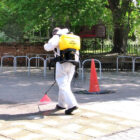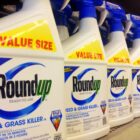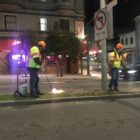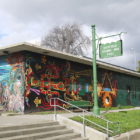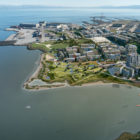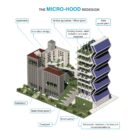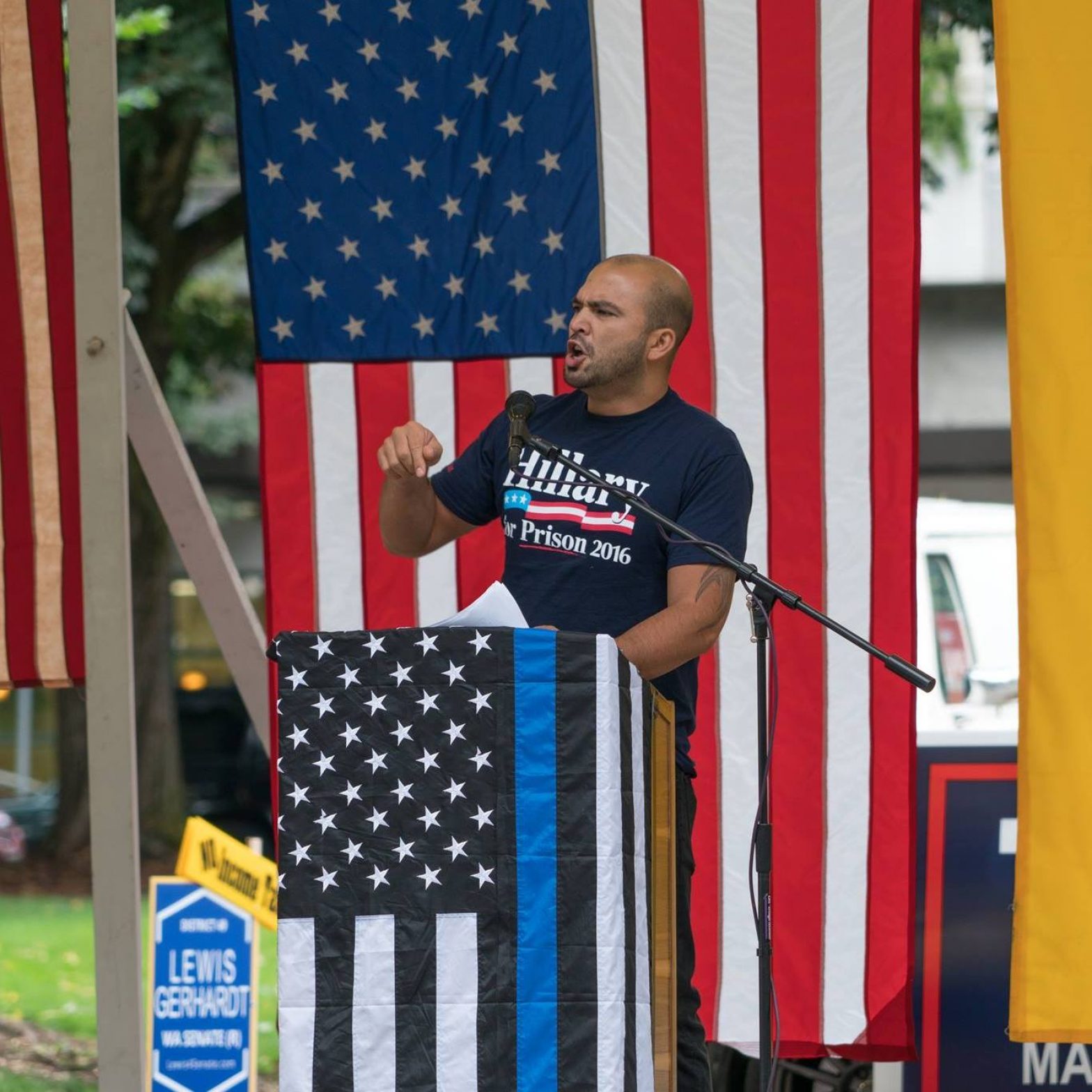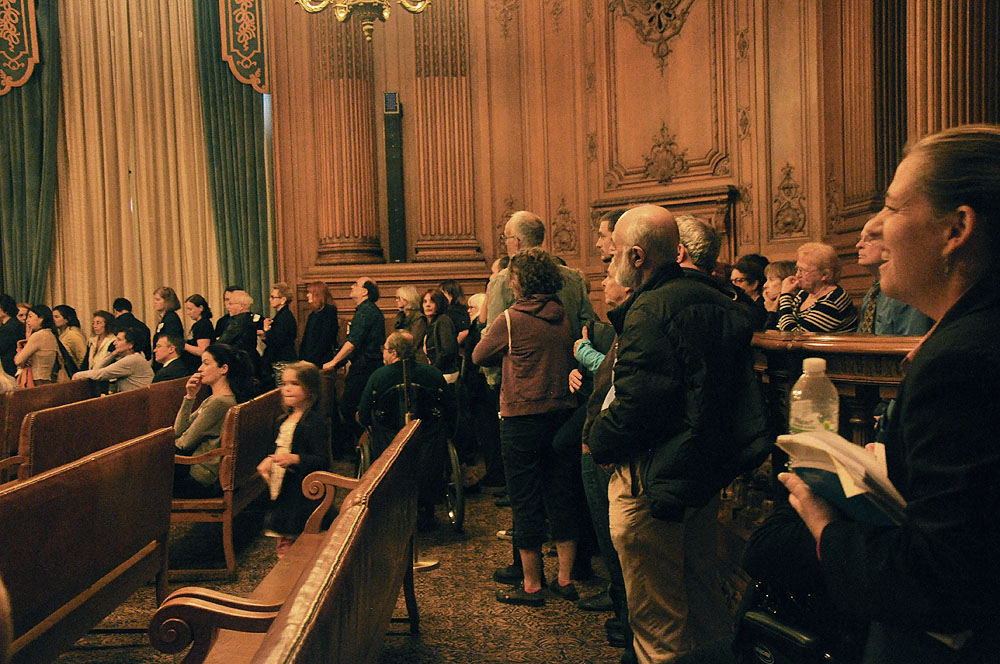Health
Cities’ Uses of Herbicide Differ, Like Conflicting Research on Health Impacts
Thousands of lawsuits have been filed against the maker of a weedkiller alleging that it causes cancer. Research is mixed on that, as the results of various studies are split on whether glyphosate, the active ingredient in the weedkiller Roundup, is linked to cancer or other health concerns. In the Bay Area, where many of those lawsuits originated, cities have handled the question of whether to keep using glyphosate in public spaces somewhat differently.
